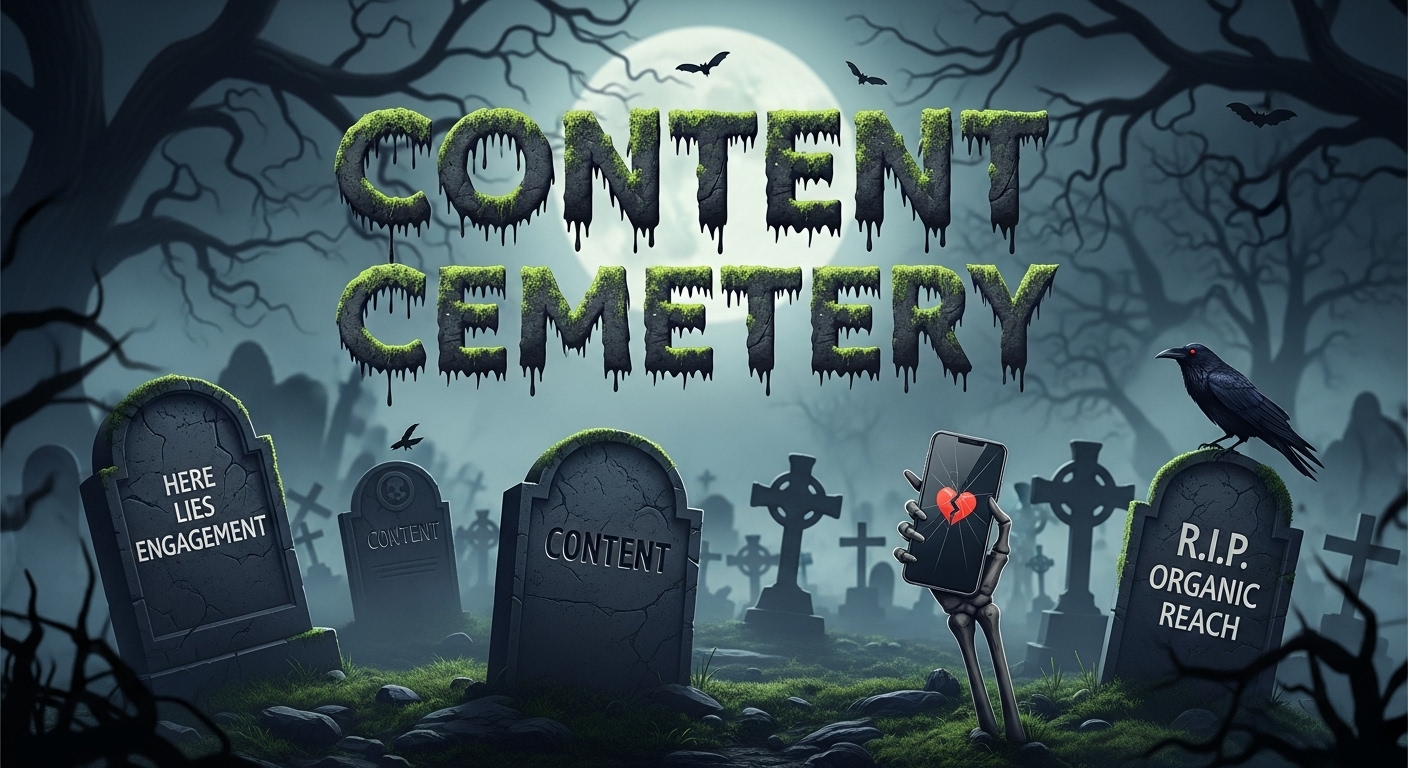
The Best Attribution Model for Modern Marketers

The topic of attribution comes up frequently when marketing is asked to justify its budget and show which tactics or strategies resulted in the greatest ROI.
It’s especially relevant in an increasingly rocky economy when marketers need to plan ahead, anticipate questions, and have the right data to back up their answers. And to get this data, marketers have a lot of attribution models to choose from, each with their pros and cons.
Below, we’ll unpack attribution in today's B2B landscape, the myriad of models, and the best attribution options for modern marketers.
Let’s dive in.
Attribution is easy to understand, hard to do
Google defines attribution as “the art and science of assigning a value to each of the marketing touchpoints that make up a customer journey.”
Attribution is how marketers understand which activities nudged a prospect to become a customer and assign credit where it’s due. After all, marketers want to understand how to spend their resources efficiently (dollars, time, and effort).
However, the concept of attribution is easier to understand than actual execution.
Where attribution gets confusing
There are at least 10 (or more!) ways to measure attribution in your marketing campaigns.
Most marketers know the easiest and most common attribution models — first- and last-touch. But once you start untangling complex audience journeys, it’s clear that there are serious limitations when you only count the touchpoints or channels that broke the ice or made the sale.
What are some of those limitations?
- First and last attribution models don’t reveal the whole picture
- Activities on third-party, non-owned channels are tricky to track
- A flawed attribution model can lead marketers to prioritize the wrong channels and/or touchpoints
The murky waters that marketers need to traverse to understand their marketing’s effectiveness isn’t a new issue. John Wanamaker, a merchant and early marketer born over 100 years ago, coined the (now) marketing cliché, “half my advertising spend is wasted; the trouble is, I don’t know which half.”
Trying to fill the gaps with more models
So if first- and last-touch attribution isn’t enough, what can we use instead?
This question has led savvy marketers to adopt new models to fill the gaps. Some common models include the lead creation model, linear model, time decay, U-shaped, W-shaped, Z-shaped, and more — you’re not alone if you find this overwhelming.
These multi-touch models distribute the credit in different ways.
Here are the most common multi-touch models:
- Linear model: Divides the credit equally among all touchpoints
- Time decay attribution: Increasing credit is given to marketing activities as they get closer to the point of conversion
- U-shaped attribution: Gives 80% of the credit to the first and last touchpoints with the remaining 20% for activities in the middle
- W-shaped attribution: Dividing up most credit between the first, middle, and last touchpoints with some credit assigned to activities that connect all of them together
- Z-shaped attribution: Gives credit to all of the main touchpoints (first touch, creation qualified, conversion), with some credit sprinkled among the rest
Access to data and journey visibility are key factors in model accuracy
Although there are so many models to use today, one of the biggest issues marketers face is the lack of visibility across their entire audience journey, leading them to rely on specific models (typically first and last touch) that work with their limited data.
Some are using pageviews or visits as an indicator to what content and pages are resonating — but this doesn’t factor in whether or not they actually influence their audience to convert.
Others are using gated content, landing pages, or other high-value actions to help them draw conclusions on how their audience is moving through their journey. This can be useful but may also result in certain issues such as inaccurately adding weight to certain touchpoints or channels and forcing prospective customers down the funnel before they’re ready to buy.
And still others create their own attribution models, which can be the most ideal but are often difficult to develop and taxing to keep up with, especially without the right team or resources.
Conflicting opinions on how to determine attribution
Recently, high-profile marketers with successful track records have pushed back, saying we’re over-reliant on attribution tools and should ditch them altogether. They advise we go back to the basics and manually ask customers how they heard about us, hoping that qualitative data will shed light on the true customer journey. (To get this, we recommend adding the question “Where did you hear about our company?” to your forms.)
This qualitative data, though extremely important, only provides part of the total picture. And what’s more: Memories are fallible and what a potential customer self-reports might not reflect actual behavior.
How modern marketers understand their customer journeys
Modern marketers thoughtfully choose a path that combines both self-reported attribution and behavioral data from their tech stack.
They leverage various attribution sources, experimenting to shed light on different parts of the audience journey. At the same time, they also lean into customer feedback and ask them how they first heard about their product or solution and why they converted.
In doing so, modern marketers get a rich and complete picture of what marketing activities actually drive results. Modern attribution strategies don’t rely on just one method, model, or tactic but combine them all with the “unseen” parts of the funnel.
The reality of marketing attribution
The fact is, each attribution model reveals different insights.
Today’s marketing environment (and wider economic waves) demands that marketers use their resources more effectively and efficiently. Audience journeys in the B2B landscape are long and convoluted, making it necessary to both gather qualitative insights to shine a light on your dark funnel and leverage tools and platforms that offer you the right data on your owned channels.
Ultimately, you’ll be asked to identify the influence content and webpages have on revenue.
By layering your quantitative and qualitative data, you get a more complete picture of your audience’s behavior across their entire journey to answer questions like:
- What is your audience doing prior to conversion?
- How do the sequence of events in outstanding journeys compare to ones that appear in closed/won journeys?
- What experiences result in the fastest conversions?
- What content can be used to minimize gaps or drop-offs in the audience journey?
How do you know if your attribution model is working?
You’ll know if your attribution model works when it gives you and your team confidence in your digital marketing strategy. When you can easily point to reliable data and say, “This is what’s working and this is what we need to ditch,” and show you’re using your existing resources more effectively.
When you have the right data, you only have to spend time on the highest-value channels and avoid wasting resources on unimpactful activities. Camille Trent, Head of Content at Dooly, shared a common experience on our Pros and Content podcast where she knew certain marketing events wouldn’t work, but their team had to do them anyway, just to prove it.
In short, you’ll know if your attribution model is working if:
- You can confidently plot your audience journey across multiple digital touchpoints.
- You’ve experimented with more than one attribution model and have the means to correctly identify the highest value touchpoints.
- You’ve paired your data with unseen areas of the funnel by collecting qualitative data from customers.
The best attribution model is a hybrid attribution model
If you’re a marketer who wants a clearer view into how your team’s actions drive revenue for your company, you’ll find strong arguments for how to calculate attribution.
Our recommendation is to find the right attribution mix. Use the tools available to you, but leverage qualitative feedback as an additional data layer to make better decisions. In doing so, you’ll be more confident when you have to justify your marketing spend. And in today’s landscape, you need to have an answer.
...............
If you feel challenged to justify your marketing spend, solutions like Knotch help you unpack complex audience journeys. Using Knotch, you can easily see and track the impact of your owned assets at every stage. Even if it takes 6-9 months (the average B2B sales cycle), you’ll see the exact pathways your audience takes from awareness to conversion.
Become a thought leader
Become a thought leader
Trusted by the largest (and now smartest) brands in the world.
“Before Knotch we did not understand what content was driving business results. Now we understand which content moves the needle. Knotch’s cohesive reporting and insights paint a real picture of what’s happening on our website instead of the patchwork quilt that comes from a Google Analytics approach. With Knotch we have been able to re-prioritize ad spend, route better leads to our SDR team, and inform our content development initiatives.”

"The Knotch platform ensures that we deliver high-performing content tailored to young home shoppers, enhancing their experience and driving better business outcomes.”

"Our partnership with Knotch has been highly successful, empowering us to leverage data-driven insights and refine our content strategy.”









